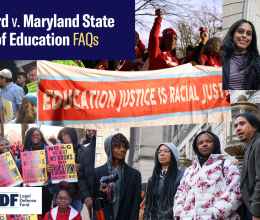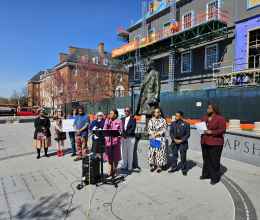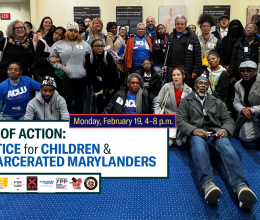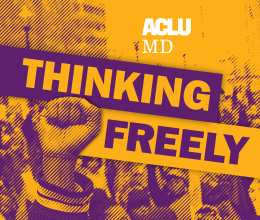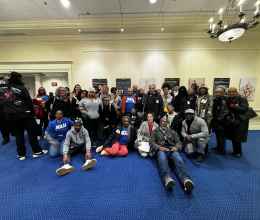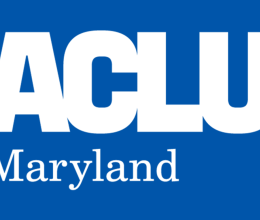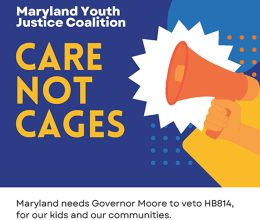
BALTIMORE, MD - Community leaders citywide, including members from the Baltimore Education Coalition, will gather at Booker T. Washington Middle School for the Arts to launch a new campaign, Transform Baltimore: Build Schools. Build Neighborhoods. This campaign calls upon elected officials and decision makers at the local and state level to adopt and act upon a funding plan to renovate and modernize all public school buildings in Baltimore City within eight years. The campaign believes that excellent city school buildings are critical to student achievement and neighborhood revitalization. Seventy percent of city school buildings are in poor condition. A full-scale modernization of city schools is estimated to cost $2.8 billion.
The campaign will unveil a new Transform Baltimore website intended to gather support for its goals and highlight the positive outcomes at schools with new renovations. Campaign leaders are announcing a plan to recruit teachers, parents, and education advocates at 50 city school Back-to-School nights in September. "Transform Baltimore will build a powerful campaign to generate the political will that will make school modernization a priority," said Bebe Verdery of the ACLU of Maryland's Education Reform Project.
Booker T. Washington Middle School for the Arts has generated a significant amount of excitement since the city school system overhauled the school's academic curriculum in September 2010, with a focus on the arts. As part of these reform efforts, the school received federal stimulus funding to improve its deteriorating facility.
"The school has been transformed, even with this small amount of federal funding," said Dr. Euna McGruder, principal of the Booker T. Washington. "Students feel great here, parents are hopeful, and teachers are happy about having a better space and equipment to do their job."
Transform Baltimore leaders emphasize that new and modernized schools could have a dramatic impact on the revitalization of city neighborhoods, because the quality of education influences where families and homebuyers decide to live. According the National Association of Realtors, "The promise of a state-of-the_art elementary school [causes] a mad scramble for homes in the surrounding neighborhood" (Philadelphia Daily News, 2002). Transform Baltimore members are also excited about benefits of new and renovated schools for Baltimore neighborhoods. The Greater Homewood Community Corporation (GHCC) has been advocating for a new building for Waverly Elementary/Middle for years.
"We've been excited, active, and eagerly waiting for our new school. Finally, it looks like construction will begin this fall, " said Karen DeCamp, Director of Neighborhood Programs for GHCC. "There has to be a better, more efficient way to make this happen for other neighborhoods."
Transform Baltimore members also note that rebuilding all of the city's schools will bring thousands of jobs in construction and related industries.
"It could be a win-win for everyone. New school buildings for students, teachers, and neighborhoods and thousands of jobs for city residents," said Bishop Douglas Miles, co-chair of Baltimoreans United in Leadership Development (BUILD).
Goals of the Campaign
Based on the ACLU report from June 2010, Buildings for Academic Excellence: A Vision and Options to Address Deficient School Facilities in Baltimore City, the campaign to Transform Baltimore calls upon elected officials and decision makers at the local and state levels to adopt and act upon a funding plan to renovate and modernize all public school buildings in Baltimore City within 8 years.
1. Leverage annual construction funds for long-term borrowing. Borrow the funds needed to renovate buildings upfront and use existing streams of money to pay off this debt. This will require agreement by city and state officials to commit to steady funding over time and flexible use of school construction dollars. Greenville, SC used this model to renovate and modernize all 90 of its school buildings in five years.
2. Increase Baltimore City's annual contribution to school construction.
• The City's share of VLT (slots) revenue, estimated to generate $15-17 million annually, could be used to borrow enough funds up-front to fully renovate 5-6 high schools or build 10-12 new elementary schools; the slots revenue would pay off the debt.
• Seek out new sources of revenue at the local level. Voters throughout Georgia, Florida, and Iowa have approved a 1% local option sales tax dedicated to school construction and modernization.
3. Increase state funding for city school construction:
Connecticut covered 80% of the costs to rebuild every school in New Haven. The State of Maryland must contribute more to ensure that all children can learn in school buildings that meet standards for adequacy, in accordance with the State Constitution.
Transform Baltimore can be followed on Facebook and YouTube.
###
